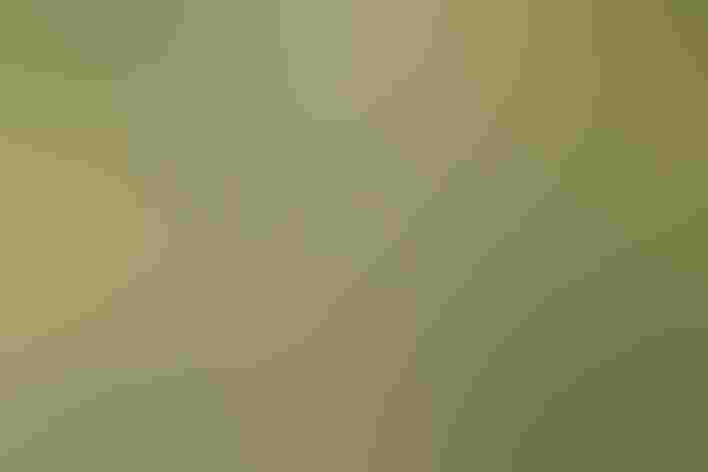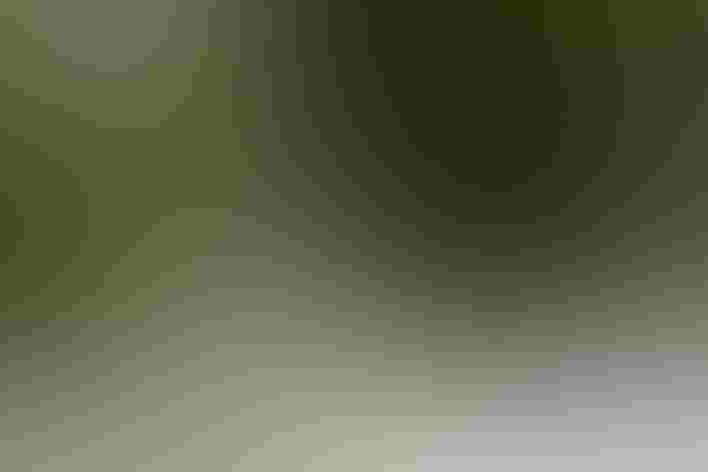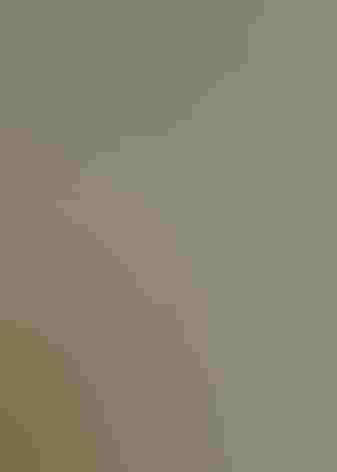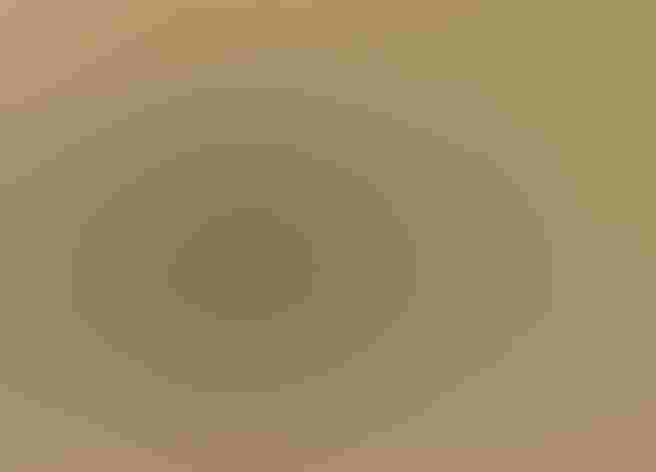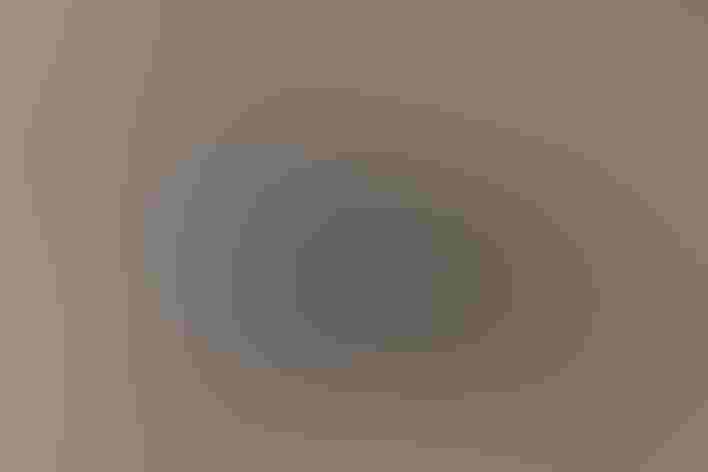Dark-eyed Junco
At a Glance
In winter over much of the continent, flocks of Dark-eyed Juncos can be found around woodland edges and suburban yards, feeding on the ground, making ticking calls as they fly up into the bushes. East of the plains, the Dark-eyed Juncos are all gray and white, but in the West, they come in various color patterns, with reddish-brown on the back, sides, or both; some of these were once regarded as different species. The forms have separate ranges in summer, but in winter, several types may occur in the same flock in parts of the West.
All bird guide text and rangemaps adapted from Lives of North American Birds by Kenn Kaufman© 1996, used by permission of Houghton Mifflin Harcourt Publishing Company. All rights reserved.
Category
New World Sparrows, Perching Birds
IUCN Status
Least Concern
Habitat
Desert and Arid Habitats, Forests and Woodlands, High Mountains, Shrublands, Savannas, and Thickets, Urban and Suburban Habitats
Region
Alaska and The North, California, Eastern Canada, Florida, Great Lakes, Mid Atlantic, New England, Northwest, Plains, Rocky Mountains, Southeast, Southwest, Texas, Western Canada
Behavior
Direct Flight, Rapid Wingbeats
Population
220.000.000
Range & Identification
Migration & Range Maps
Most populations are migratory, but some in southwestern mountains and on southern Pacific Coast may be permanent residents. Males tend to winter slightly farther north than females.
Description
Sexes similar — Length: 6 in (15 cm); wingspan: 7–10 in (18–25 cm); weight: 0.6–1.1 oz (17–31 g). The Dark-eyed Junco is a variable bird characterized by its white outer tail feathers. Juveniles of all are streaky brown at first. "Slate-colored Junco" is the only form usually seen in the East. Solid gray on head, back, sides. Females and first-winter birds are slightly browner than adult males. "Oregon Junco" is widespread in the west, but rarely appears in the east. Male has a solid black or slaty hood, chestnut back, and rusty sides. Female paler, with a gray hood. "Pink-sided Junco" nests in the north-central Rockies region, winters farther south. A bit larger than most juncos, with a pale blue-gray hood, pink sides, and a brown back. Female "Oregon" can be very similar. "White-winged Junco" nests in Black Hills region of South Dakota. Like "Slate-colored" but larger and paler, with white wing-bars, more white in tail. (Other juncos rarely can have wing-bars also.) "Gray-headed Junco" nests mainly in the central Rockies and the mountains of the Great Basin. Reddish patch on the back contrasts with the gray hood. Unlike "Oregon Junco," sides and flanks are gray, not brown or tan. "Red-backed Junco" is resident in the mountains of northern Arizona and New Mexico, and seldom moves far from nesting areas. Gray sides and reddish back like "Gray-headed," but has a pale throat, mostly dark bill.
Size
About the size of a Sparrow
Color
Black, Brown, Gray, Red, Tan, White
Wing Shape
Broad
Tail Shape
Notched, Rounded, Square-tipped
Songs and Calls
Ringing metallic trill on the same pitch. Members of a flock may spread out widely, keeping in contact by constantly calling tsick or tchet. Also a soft buzzy trill in flight.
Call Pattern
Falling, Flat
Call Type
Chirp/Chip, Trill
Habitat
Conifer and mixed woods. In winter, open woods, undergrowth, roadsides, brush. Over its wide range, breeding habitat is consistently coniferous or mixed woodland, usually in rather open situations such as edges or clearings. Winters in many kinds of semi-open habitats, including woodland edges, thickets, brushy places, and suburban areas.
Sign up for Audubon's newsletter to learn more about birds like the Dark-eyed Junco
Behavior
Eggs
3-5, rarely 6. Whitish to bluish white or pale gray, with markings of brown and gray often concentrated at larger end. Incubation is by female, about 11-13 days.
Young
Both parents feed the nestlings. Young leave the nest 9-13 days after hatching. 1-2 broods per year, sometimes 3.
Feeding Behavior
Forages mostly while hopping and running on the ground. Sometimes scratches with its feet in leaf-litter or snow. Will come to bird feeders, but tends to forage on the ground under the feeding tray.
Diet
Mostly seeds and insects. Close to half of adult Dark-eyed Junco's summer diet consists of insects, including caterpillars, beetles, grasshoppers, true bugs, and spiders. Feeds heavily on seeds of weeds and grasses, especially in winter. Also eats some berries. Young are fed mostly insects.
Nesting
The male Dark-eyed Junco sings from a high perch to defend nesting territory. In courtship, both members of the pair may hop about on the ground with wings drooped and with tail spread widely to show off white outer tail feathers; the male may give a soft song. Nest site is almost always on the ground, well hidden under overhanging grass, under a log, a rock, or exposed roots, or in a shallow hole in a dirt bank. Sometimes up in a shrub, tree, or ledge of a building, rarely more than 10 ft above ground. Nest (built mostly by females) is an open cup of grass, weeds, leaves, lined with fine grass and sometimes with hair or feathers.
Conservation
Conservation Status
Abundant and widespread.
Climate Threats Facing the Dark-eyed Junco
Choose a temperature scenario below to see which threats will affect this species as warming increases. The same climate change-driven threats that put birds at risk will affect other wildlife and people, too.





